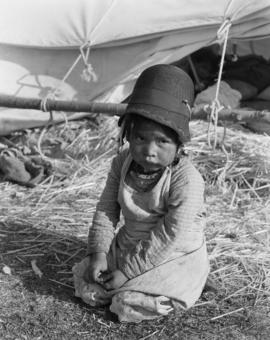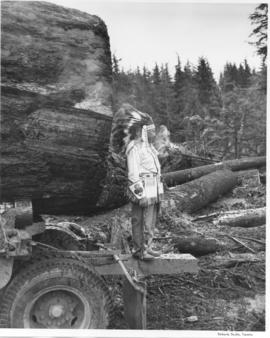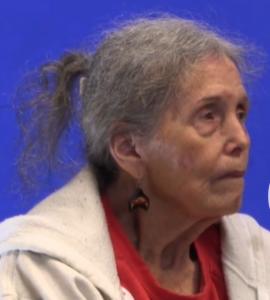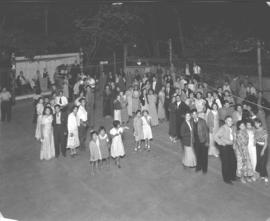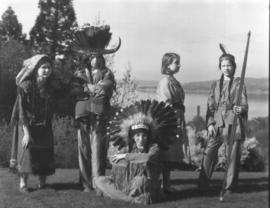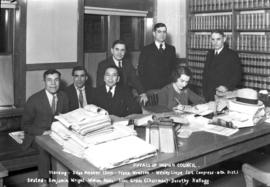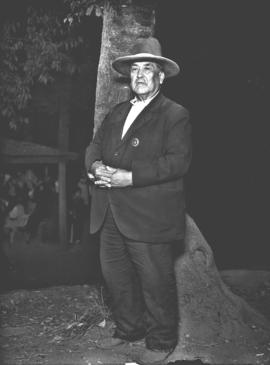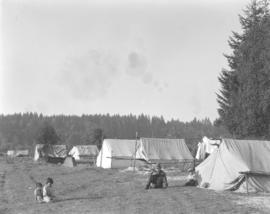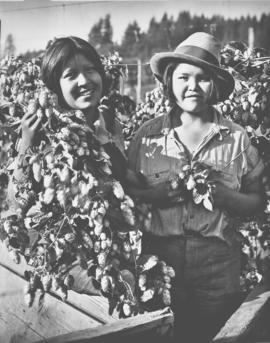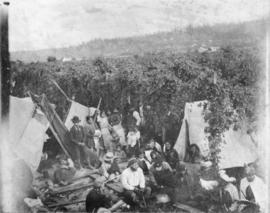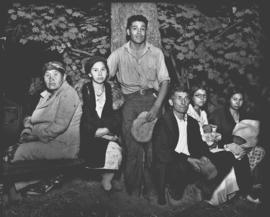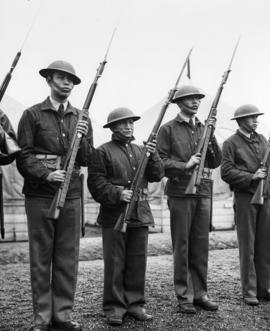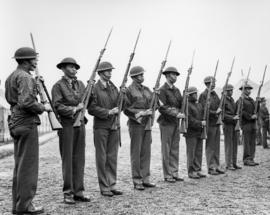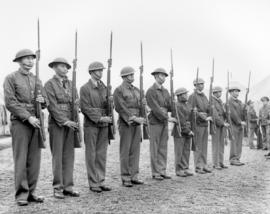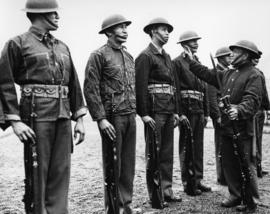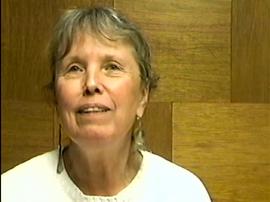- Item
- 1934-08
Part of Richards Studio Photographs
Two year old Marjorie Abraham Charlie kneels in the grass and straw next to a tent at the annual Native American gathering in Puyallup Valley at Audoma Park, two miles from Puyallup, for the hop picking season. The Native Americans tribes of Washington and British Columbia gathered annually at hop and berry picking time to socialize with each other and to help keep alive their ancient customs and games. (T. Times 8/30/1934, pg.1)
Charlie, Marjorie Abraham; Indians of North America; Migrant agricultural laborers--Puyallup--1930-1940; Migrant laborers--1930-1940; Hops; Girls--Puyallup--1930-1940;
